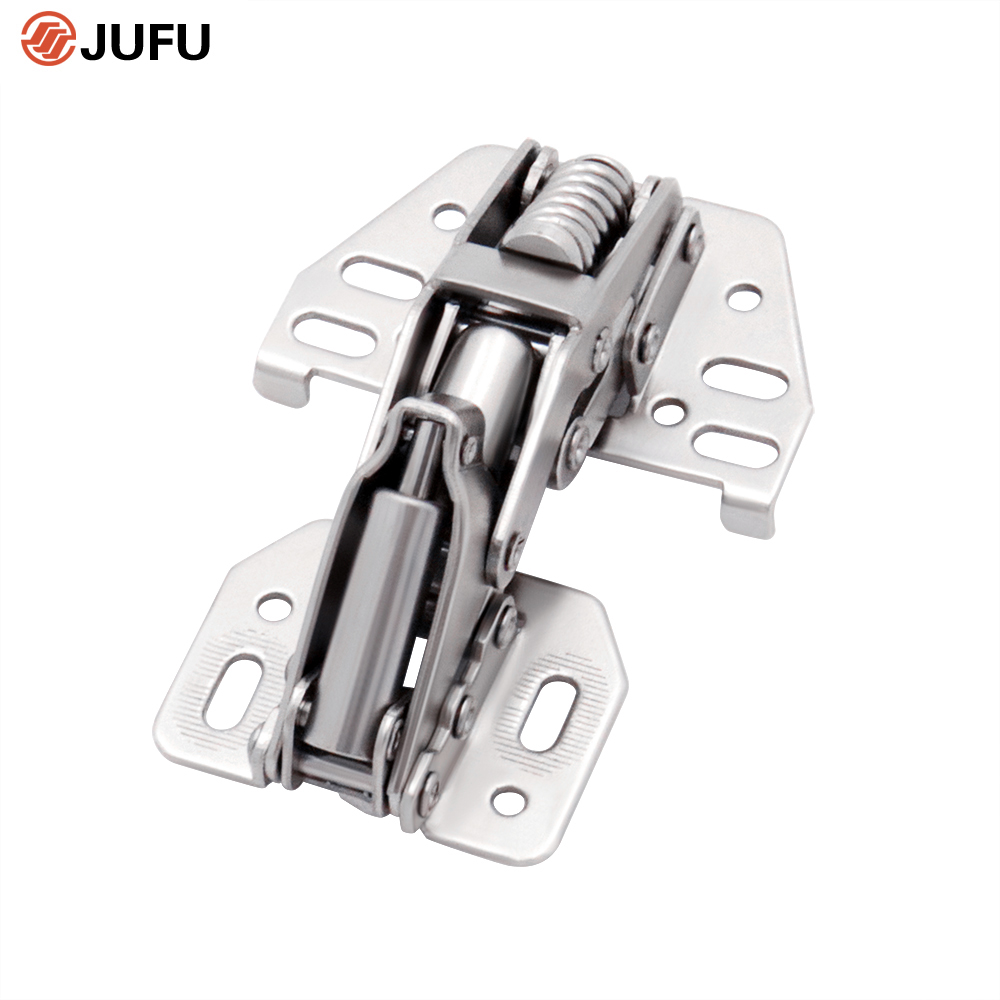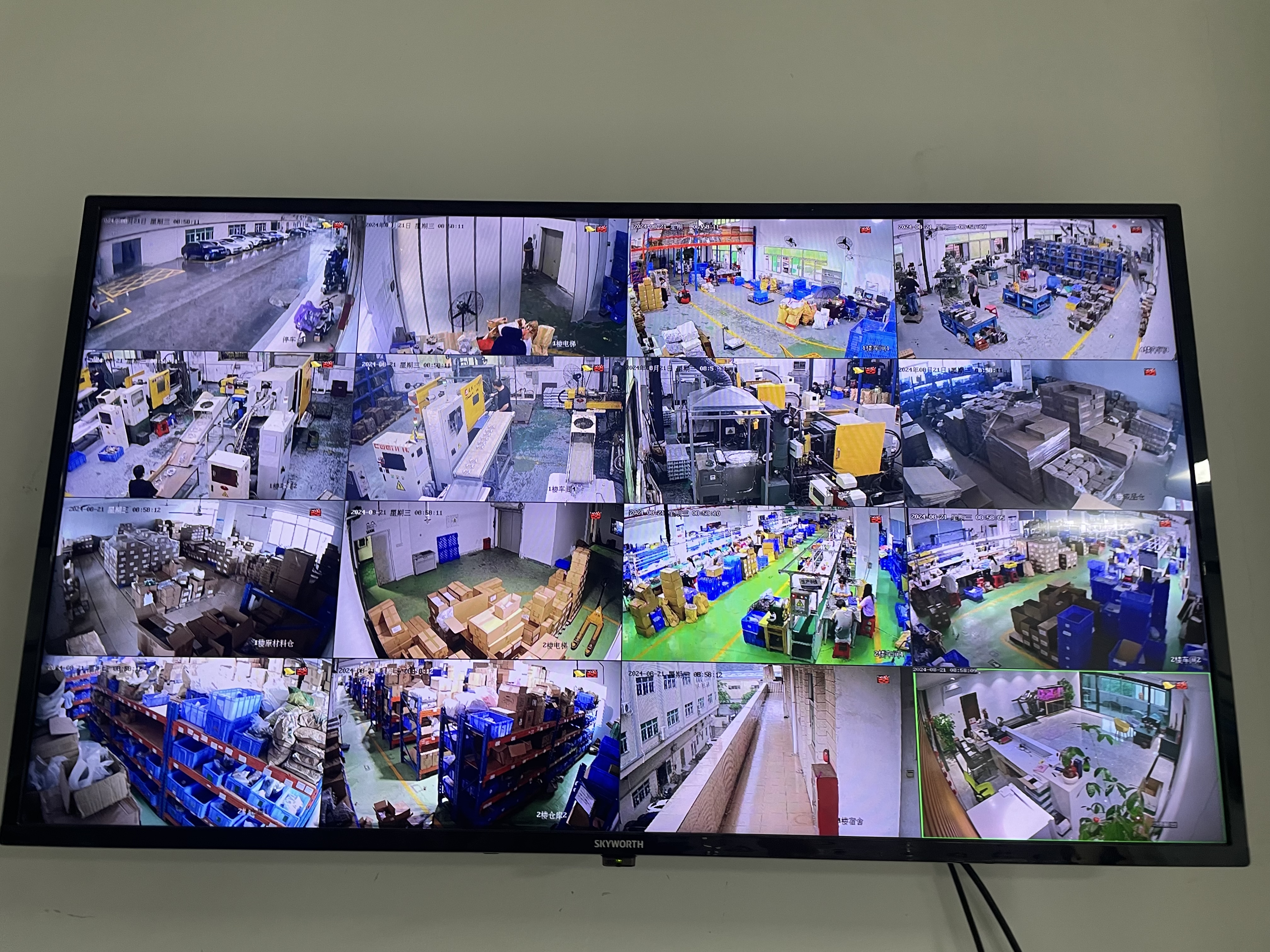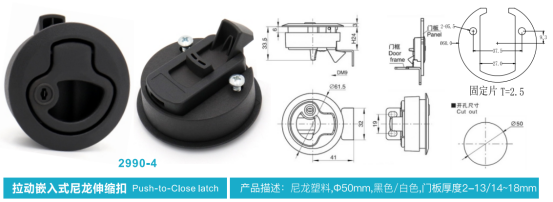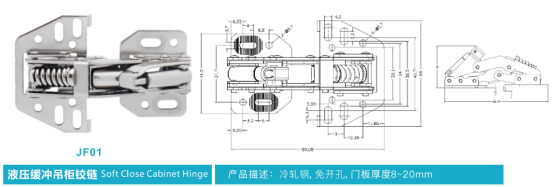the invisible guardian in industrial design: a comprehensive guide to hinge selection
the invisible guardian in industrial design: a comprehensive guide to hinge selection
in the field of industrial design, a seemingly simple mechanical component can often determine the success or failure of a product—this is the hinge. as a core element that facilitates the movement of connecting parts, the selection of hinges not only affects the product’s functionality but also has a direct impact on user experience and product lifespan. this article will delve into the systematic methodology for hinge selection, helping engineers break through design bottlenecks.

1. strategic deployment in the early design phase
outstanding product designs often begin with precise control over details. experience shows that over 78% of industrial design project delays arise from errors in selecting basic components. by prioritizing hinge selection during the conceptual design phase, engineers can effectively avoid up to 63% of later structural rework risks. this "hinge-first" strategy not only optimizes internal spatial layout but also lays the foundation for subsequent ergonomic design.
2. function-oriented hinge selection matrix
1. dynamic adaptation hinges
free-swinging type: this design uses a pin separation technique to achieve 180° of frictionless rotation. its modular structure is especially suitable for smart home devices with quick-disconnect requirements, such as iot terminal enclosures with detachable panels.
space optimization type: achieved through 3d bending technology for embedded installation, this hinge type enhances the overall sealing level in medical devices while meeting the cleanliness standards for class ii medical equipment.
2. intelligent control hinges
multi-position type: integrates a memory alloy braking system, allowing for precise 15° interval positioning in industrial control cabinets. a case study from a military enterprise showed that this design increased equipment maintenance efficiency by 40%.
adjustable torque type: utilizing nano-coated friction discs, the torque adjustment range can be from 0.5 to 20 n·m. in the field of automotive display screens, this technology successfully solves the screen jitter problem in bumpy environments.
3. special function solutions
weight-enhanced type: the balance hinge, combined with carbon fiber composites, is used in wind turbine maintenance hatch doors, where a single hinge can bear over 300kg.
environment-adaptive type: stainless steel hinges with pvd surface treatment are used in marine platform equipment, achieving zero corrosion in 10,000-hour salt spray tests.
3. cross-disciplinary applications of materials engineering
modern hinges have surpassed traditional metal boundaries and are now moving toward composite materials:
peek hinges: used in mri equipment to eliminate metal interference.
shape memory alloy hinges: used in deployable solar panels for spacecraft.
ceramic matrix composites: meet the class 10 standard for semiconductor cleanrooms.
4. innovative design methodologies
1. reverse parametric design
using ansys's topological optimization algorithm, the hinge on a drone hatch door achieved a 35% reduction in weight while enhancing its fatigue lifespan.
2. human-machine interaction simulation
by utilizing motion analysis software, virtual prototypes are built to predict the opening and closing torque curves of different hinge solutions with high accuracy.
3. failure mode library development
a decision-tree model that includes over 200 failure cases has been established to enable intelligent risk prediction in hinge selection.
5. custom development roadmap
when standard components cannot meet specific requirements, a "three-step customization method" can be employed:
1. requirement deconstruction: use qfd (quality function deployment) tools to translate user needs into 12 technical characteristics.
2. rapid prototyping: 3d printing technology enables sample verification within 48 hours.
3. mass production optimization: robust design using taguchi methods ensures process stability during mass production.
conclusion
in the era of the internet of things, hinges have evolved from mere mechanical components to core elements that bear the product's value. through systematic selection strategies and forward-thinking design approaches, engineers can transform this "invisible guardian" into a breakthrough for product differentiation. the next time you face a hinge selection dilemma, consider how this decision might influence your product's competitive edge a decade from now.
Reprinted with permission from:https://www.topseeklocks.com/ Link to this article:https://www.topseeklocks.com/news/575.html
English Official Website:http://www.topseeklocks.com
Dongguan Jufu Metal Products Co., Ltd. is a production enterprise integrating the development and design of caravan door locks, caravan furniture locks, caravan handles, caravan toolbox locks, caravan bathroom door locks, caravan accessories, mould manufacturing, zinc alloy die-casting manufacturing and processing, assembly line assembly, choose us! Choose success!
 Strengthening Partnerships: Fa
Strengthening Partnerships: Fa
 The summer solstice has arrive
The summer solstice has arrive


